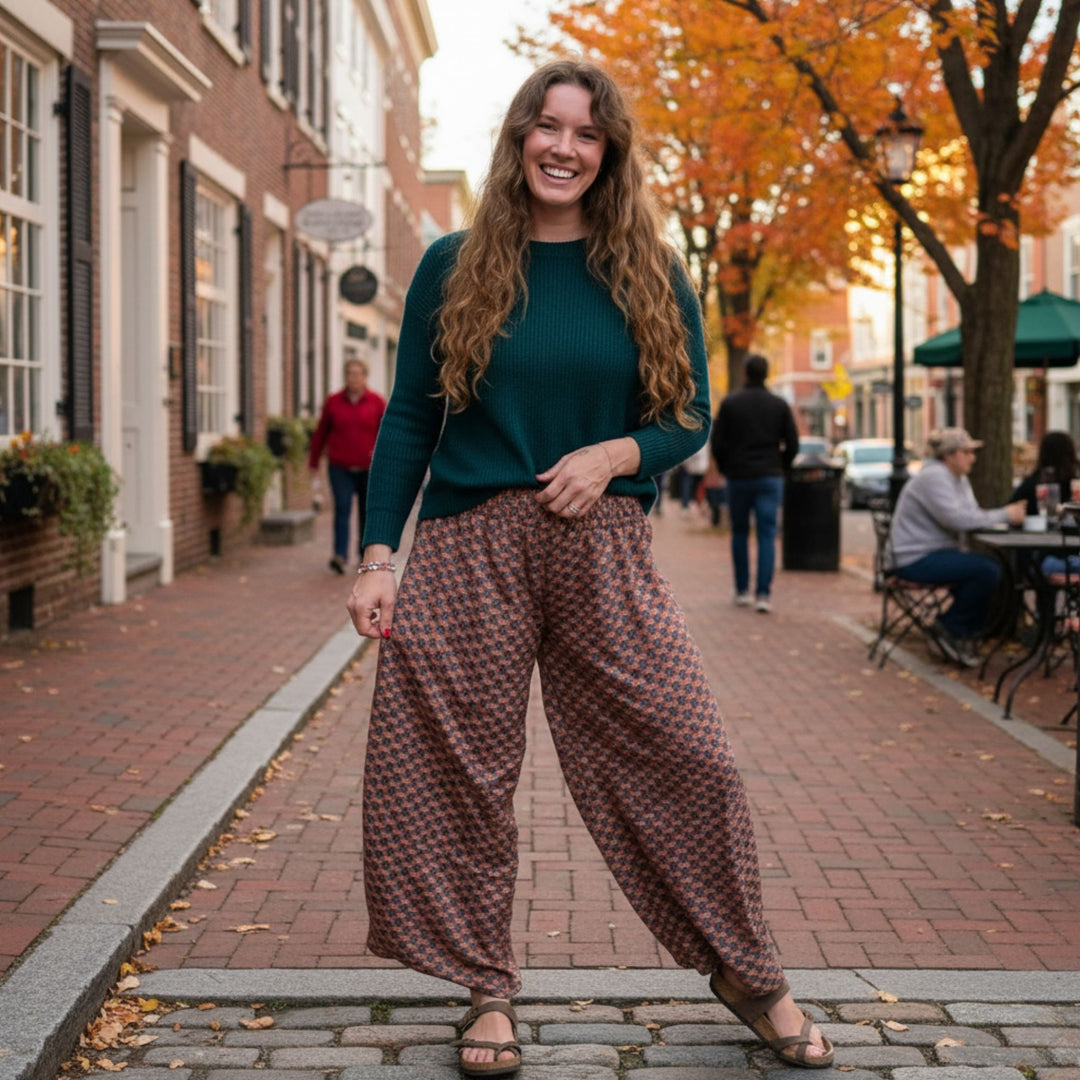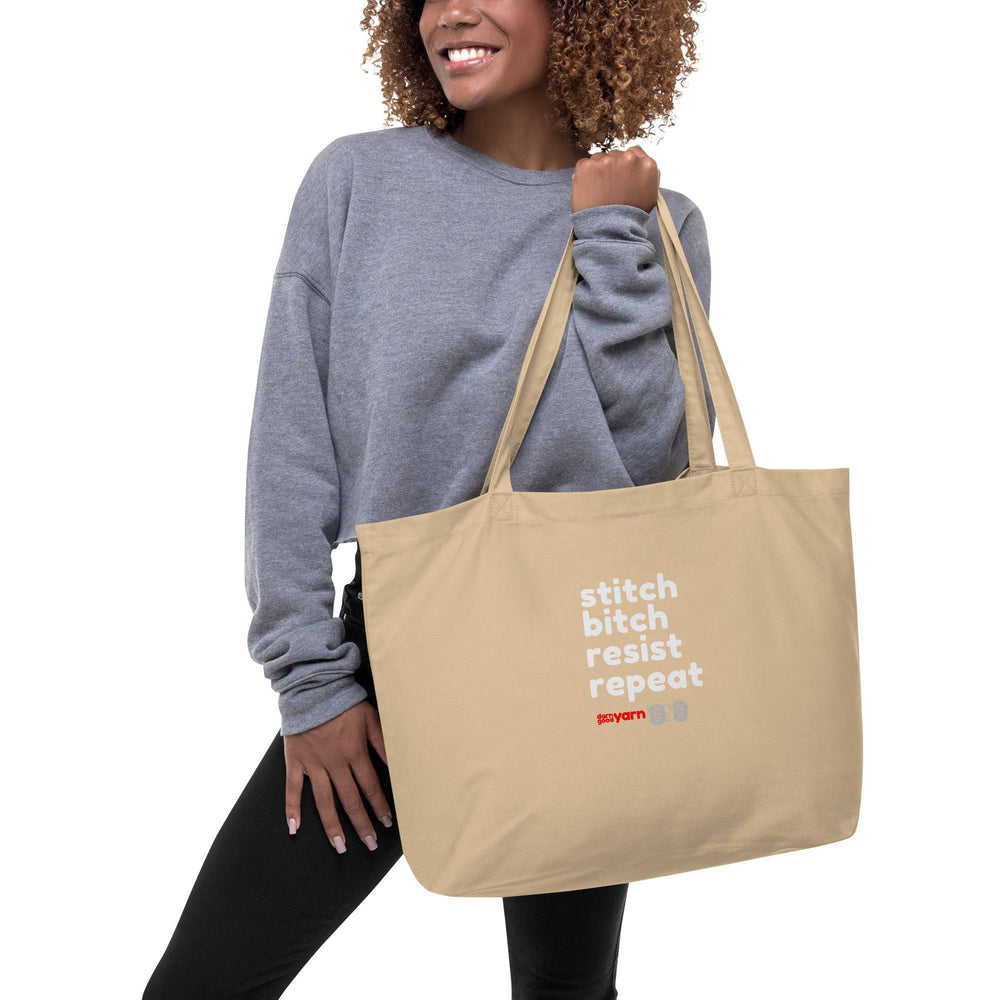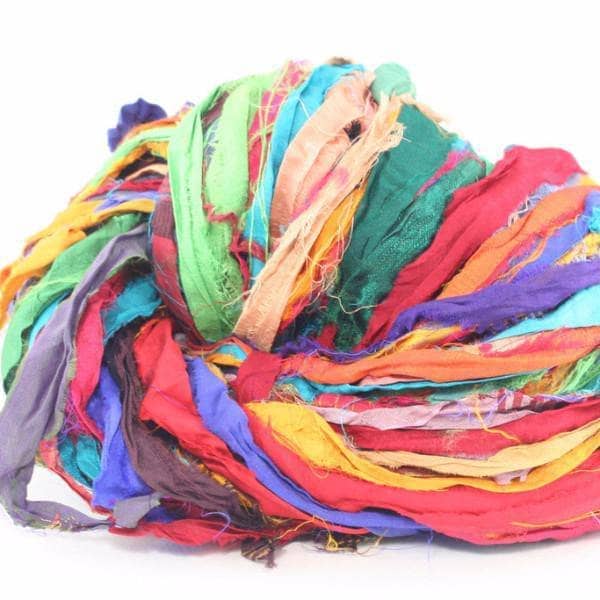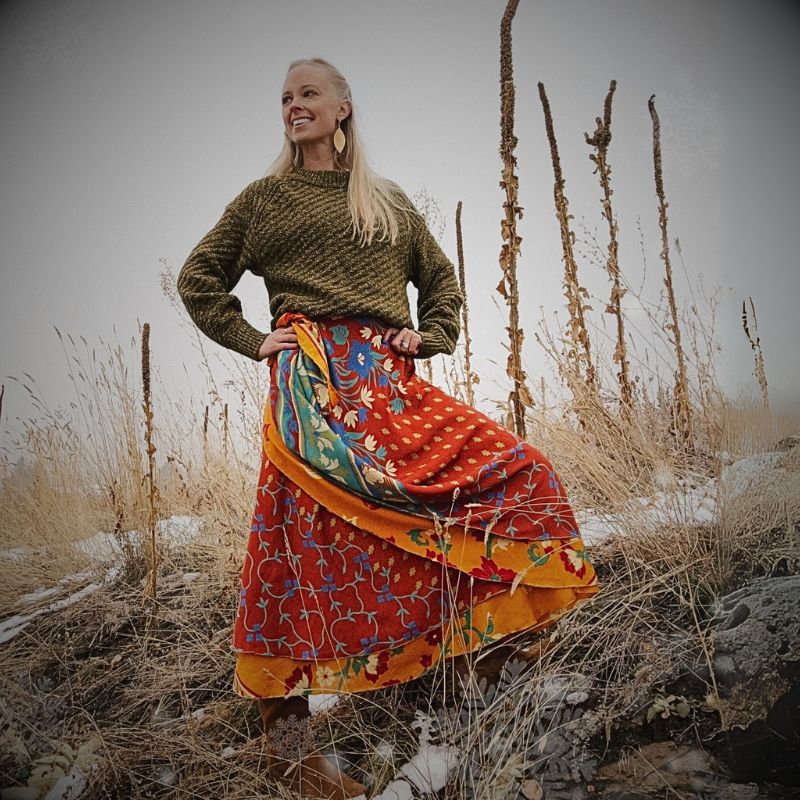Fundamentally, knitting is the art and craft of turning strands of fiber into a cloth made of interconnected loops. It’s so much more than that, though. It allows you to make everything from a heavy, simple blanket to a thin cardigan of a dozen colors. Knitting is a canvas for artistic expression. It’s a means of obtaining something that isn’t found in any store. It can be challenging and focused or relaxing and meditative. If you’ve just started to explore knitting, or if you want to learn to knit, there are a few things we can tell you that will make your start go more smoothly.
Knitting for Beginners: Know the Tools
Knitting needles
You know you need knitting needles, but we understand that the choices can be bewildering for a new knitter. There are three basic types. Most are made of wood, metal or plastic. They all come in several lengths, and a larger size number indicates a thicker needle.
- Straight. Straight needles come in pairs. They have a point on one end and a stop on the other. They’re used to knit flat pieces.
- Double-pointed. Double-pointed needles come in sets of four, five or six needles. They have a point at both ends and are typically used to knit cylindrical objects, like socks or sleeves, in a seamless manner.
-Circular. Circular needles have two tips connected by a long, thin cable. Some are “fixed,” which means the cables are permanently attached to the tips, and some are “interchangeable,” which means the cables can be switched around among the different tips. Circulars can be used to knit in-the-round or flat.
We have a collection of needles in various materials and lovely colors that will make your first project a pleasure to knit.
Yarn
The most important thing you’ll need to understand when you’re starting out is the system of yarn weights. Check out our handy chart to see what we mean. Yarn can be very fine or very heavy, and choosing the right weight for your project is crucial to a good outcome.
You’ll also want to learn about fiber types. Wool, cotton and acrylic are three popular types of fiber. They have different characteristics and behave differently when knitted up.
Counting Your Rows
Keeping track of where you are as you’re knitting helps you stay on track with your pattern. Stitch markers slip over or around your needles to mark your place. They’re particularly important in intricate designs.
What Does English versus Continental Knitting Mean?
English and continental are the two most common styles of knitting for beginners and experienced knitters alike. If you’re knitting English, you’ll hold the working yarn in your right hand, wrapping it around the needle in a way that’s called “throwing.” If you’re knitting continental, you’ll hold the working yarn in your left hand and “pick” the stitches with the right-hand needle.
Both of these methods have ardent fans, so our advice is to give both a try. One may feel more natural to you than the other. You may even want to become proficient with both.
How To Start
The method of getting the first row of stitches onto the needle is called casting on. Pro tip: “Cast” is one of those words that’s the same in the present and past tense, so you’ll cast on 25 stitches now, and you cast on 50 stitches yesterday.
One of the most common cast ons that a new knitter learns is called the long-tail cast on. Many people learn this first, and it’s possible to use it for every project you’ll ever make. On the other hand, there’s at least one entire book filled with different cast on methods, and some people like to use different methods for different purposes. Some cast ons are particularly stretchy, for example.
Following a Pattern
The best way to learn how to follow a pattern is to find something simple, jump right in and learn as you go. At the beginning, the pattern will tell you what materials you need: how much yarn, what size needles and any notions, like buttons.
The pattern should also give you the gauge. The gauge is how many stitches and rows there should be per inch in your knitted fabric. For an item that needs to fit, like a sweater, gauge is crucial. It isn’t quite as important in a scarf or blanket.
Once you’re into the pattern, knitting know how is mostly just a matter of understanding the abbreviations. Something like “s1,k1,PSSO” may seem like gibberish now, but in no time it’ll be as easy as “See Spot run.” We have a great guide to abbreviations that you can use as a cheat sheet, and if all else fails, Google it!
How to Finish
Casting off, or binding off, is the opposite of casting on. It’s the process of getting the knitted work off the needle with a finished edge.
The basic cast off is to knit the first two stitches, then pass the first one over the second, leaving one stitch on the needle. You just keep doing this, stitch by stitch, until all but the last stitch has been cast off. Then you cut your yarn and pull the tail through the last stitch.
Like with casting on, there are many different casting off techniques. If you want a cast-off edge with a particular look or behavior, you can explore some of the other options.
Yarn of the Month Club
If you want an easy way to sample yarns and patterns while you learn to knit, take a look at our Yarn of the Month Club. Each month you’ll get a box with a skein of yarn that was handmade from recycled silk or other natural fibers. The particular yarn you get will be a surprise each month, but it will always have a beautiful color and texture, and it will make a unique, eye-catching project.
Each monthly box also includes a pattern that’s just right for the yarn. For extra fun, we’ll also include a surprise gift. The gift may be needles, stitch markers, embellishments or another useful item.
Our Yarn of the Month Club makes a great gift, too, so if your birthday’s coming up, you can drop a few hints to the right people!
Stay in Touch!
Stay up-to-date on our upcoming projects! Each week you'll receive a FREE newsletter filled with deals, new products, and inspriation. Sign up by filling in the form below!
 Rewards
Rewards
























